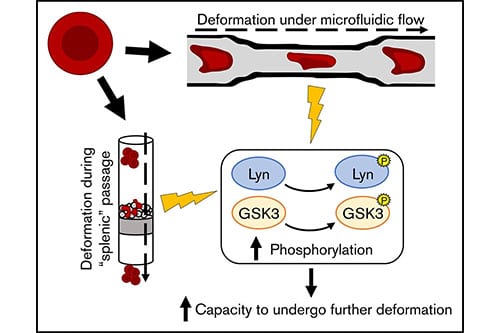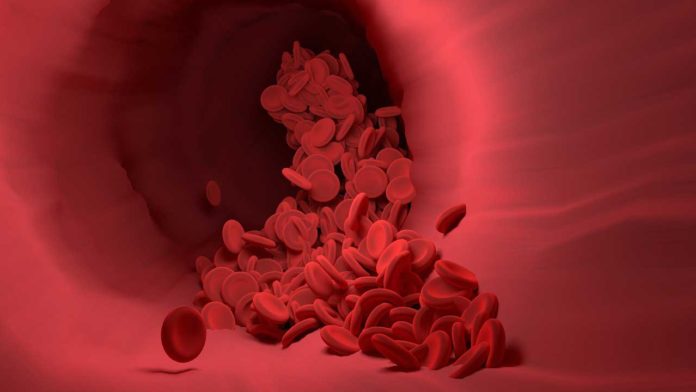Consistently, every red blood cell performs about 1,400 full circuits through the heart and around the body. During these circuits, the cell must repeatedly squeeze through amazingly small capillaries (not exactly a large portion of its size) in the organs and brain to convey oxygen before assuming its recognisable biconcave shape.
Before this examination, nobody knew precisely how this extremely simple but important cell can adapt to survive those shape changes and remain completely practical throughout its normal lifecycle of 120 days. Through this study, scientists for the first time have captured the moment a red blood cell is ‘squeezed’ while recording the changes that allow it to deform and subsequently recover its shape.
Joint senior author Dr. Tim Satchwell explains, “It is incredibly difficult to study the moment a red blood cell squeezes due to how small the cell is and how quickly the cells deform. To achieve this, we combined the use of sensitive mass spectrometry (to detect specific protein changes) with two ways to ‘squeeze’ the cells. One method trapped the cells in a layer of tiny metal spheres and the other used tiny microcapillary channels built into a microscope slide in combination with an extremely fast camera.”

Scientists also created a map of changes that occur in the deforming red blood cell and demonstrated that two specific proteins (which are protein kinases) are expected to enable the cells to disfigure and recover from pressing. If one protein alone is stopped from working, this influences the cell’s capacity to squeeze and recoover; and if the two proteins are halted, the cell doesn’t squeeze at all and gets stuck.
Joint senior author Dr. Ashley Toye, Director of the NIHR Blood and Transplant Research Unit at the University of Bristol, said:
“This study showcases how the ‘simple’ red blood cell undergoes complex changes to adapt to being squeezed in the capillaries of the body and serves as an important platform to answer further questions: do the cells react differently in disease? Do certain people have ‘super squeezable’ cells? What is the function of the remaining changes that were detected? Could different combinations of drugs used to treat medical conditions affect how red blood cells deform?”
Scientists are further planning to figure out these questions by characterising the deforming red blood cell through the newly uncovered signalling pathways. The study is published in the Blood Advances.
